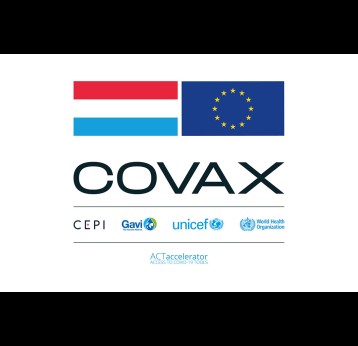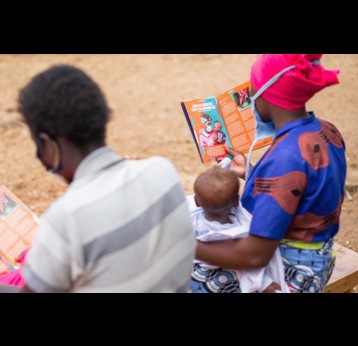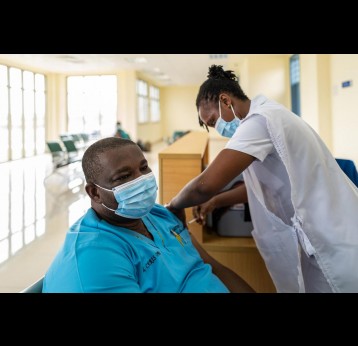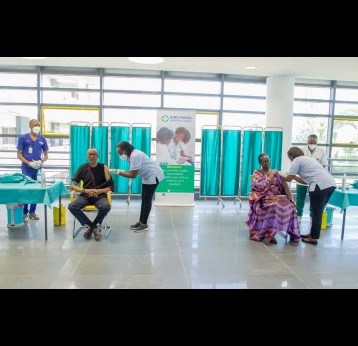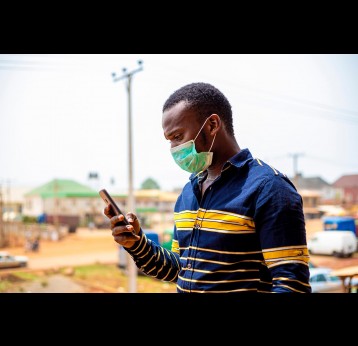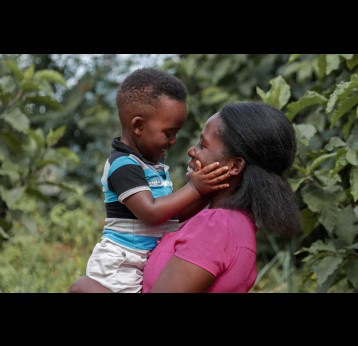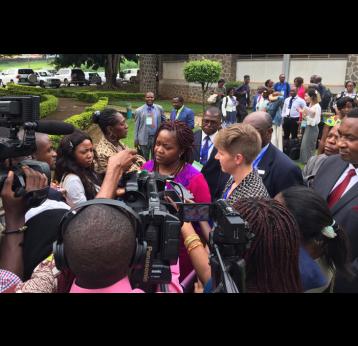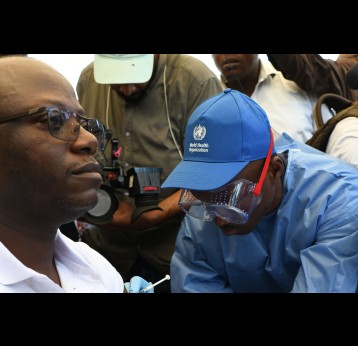Country Information
DTP3 / immunisation coverage
Grade of ConfidenceCommitments: Multi-year programme budgets endorsed in principle by the Gavi Board. These become financial commitments upon approval each year for the following calendar year.
Approvals: Total Approved for funding
Disclaimer: the boundaries and names shown and the designations used on this map do not imply the expression of any opinion whatsoever on the part of Gavi, the Vaccine Alliance concerning the legal status of any country, territory, city or area or of its authorities, or concerning the delimitation of its frontiers or boundaries. Dotted lines on maps represent approximate border lines for which there may not yet be full agreement.
This Gavi country data is made available under the Creative Commons BY 4.0 license: https://creativecommons.org/licenses/by/4.0/
Latest News
All News19 November 2021
Luxembourg stands up for equitable access by donating doses to COVAX – first doses reach Rwanda
As part of a 409,600-dose pledge to COVAX, Rwanda has become the first country to receive COVID-19 vaccines donated by Luxembourg, receiving 12,000 doses of the AstraZeneca vaccine. This commitment is part of a Team Europe pledge to donate 500…
14 September 2021
Q&A: Helping teenage mothers access immunisation in Rwanda
The COVID-19 pandemic has reportedly increased the number of teenage mothers across Africa. Inadequate childcare support and stigma can prevent teenage mothers accessing routine immunisation and nutritional support for their infants. Girl Effect…
6 May 2021
Emerging lessons from Africa’s COVID-19 vaccine rollout
With 47 African countries now rolling out COVID-19 vaccines and over 17 million doses given on the continent, early insights from Africa’s largest-ever immunization drive offer hope, inspiration and early, yet vital lessons. Here, we shine a…
12 April 2021
Rolling out COVID-19 vaccines in Rwanda
Kigali – Forty-eight hours after Rwanda received shipments of COVID-19 vaccines, vaccinations began in earnest, with high-risk population given priority. The country plans to vaccinate a third of the population in 2021 and double that figure next…
11 January 2021
Lessons from Rwanda’s Fight Against COVID-19
While some of the world's richest and most technologically advanced countries have struggled to contain the spread and morbidity of COVID-19, Rwanda has set a shining example of how to manage a pandemic and safeguard public health. Chief among…
21 September 2020
When I was 12, I received the HPV vaccine just like most girls my age in Rwanda. The day after we got the first dose, my classmates started spreading rumours about the vaccine that they had heard from their families and communities.
Subscribe to our newsletter
Sources
| Name | Source | Date |
|---|---|---|
| Total population by country, by year, by age | United Nations, United Nations, Department of Economic and Social Affairs, Population Division. World Population Prospects. | 2019-07-31 |
| Total number of children surviving until 1 year old by country and by year | United Nations, United Nations, Department of Economic and Social Affairs, Population Division. World Population Prospects. | 2019-07-31 |
| UN Life births per gender | United Nations, United Nations, Department of Economic and Social Affairs, Population Division. World Population Prospects. | 2019-07-31 |
| Under-five mortality rate by country and by year | UNICEF CME Info http://www.childmortality.org/, Level & Trends in Child Mortality. Estimates Developed by the UN Inter-agency Group for Child Mortality Estimation (UNICEF, WHO, World Bank, UN DESA, UNPD). | 2020-09-01 |
| Infant mortality rate by country and by year | United Nations, United Nations, Department of Economic and Social Affairs, Population Division. World Population Prospects. | 2020-09-01 |
| GNI per capita, Atlas method (current US$) | World Bank, The gross national income, converted to U.S. dollars using the World Bank Atlas method, divided by the midyear population | 2021-07-01 |
| Antigen Coverage (%) by country and by year | WHO/UNICEF, Coverage refers to the number of administered doses divided by the number of eligible children to receive that vaccine. | 2021-07-15 |
| Percentage of districts with >=80% DTP3 coverage | WHO, Joint Reporting Form (JRF) | 2021-07-15 |
| Percentage of districts with <50% DTP3 coverage | WHO, Joint Reporting Form (JRF) | 2021-07-15 |
| Total Disbursed - Finance Disbursement | GAVI, Access software for Finance (in USD) | 2019-09-17 |
Grade of Confidence (GoC): The WHO and UNICEF estimates of national immunisation coverage (wuenic) are based on data and information that are of varying, and, in some instances, unknown quality. Beginning with the 2011 revision WHO/UNICEF describe their grade of confidence (GoC) in these estimates. As there is no underlying probability model upon which the estimates are based, WHO/UNICEF are unable to present classical measures of uncertainty, e.g., confidence intervals. Moreover, WHO/UNICEF have chosen not to make subjective estimates of plausibility/certainty ranges around the coverage. The GoC reflects the degree of empirical support upon which the estimates are based. It is not a judgment of the quality of data reported by national authorities.
|
Explanation of GoC values: |
|
| *** |
Estimate is supported by reported data [R+], coverage recalculated with an independent denominator from the World Population Prospects from the UN Population Division (D+), and at least one supporting survey within 2 years [S+]. While well supported, the estimate still carries a risk of being wrong. |
| ** | Estimate is supported by at least one data source; [R+], [S+], or [D+]; and no data source, [R-], [D-], or [S-], challenges the estimate. |
| * | There are no directly supporting data; or data from at least one source; [R-], [D-], [S-]; challenge the estimate. |


